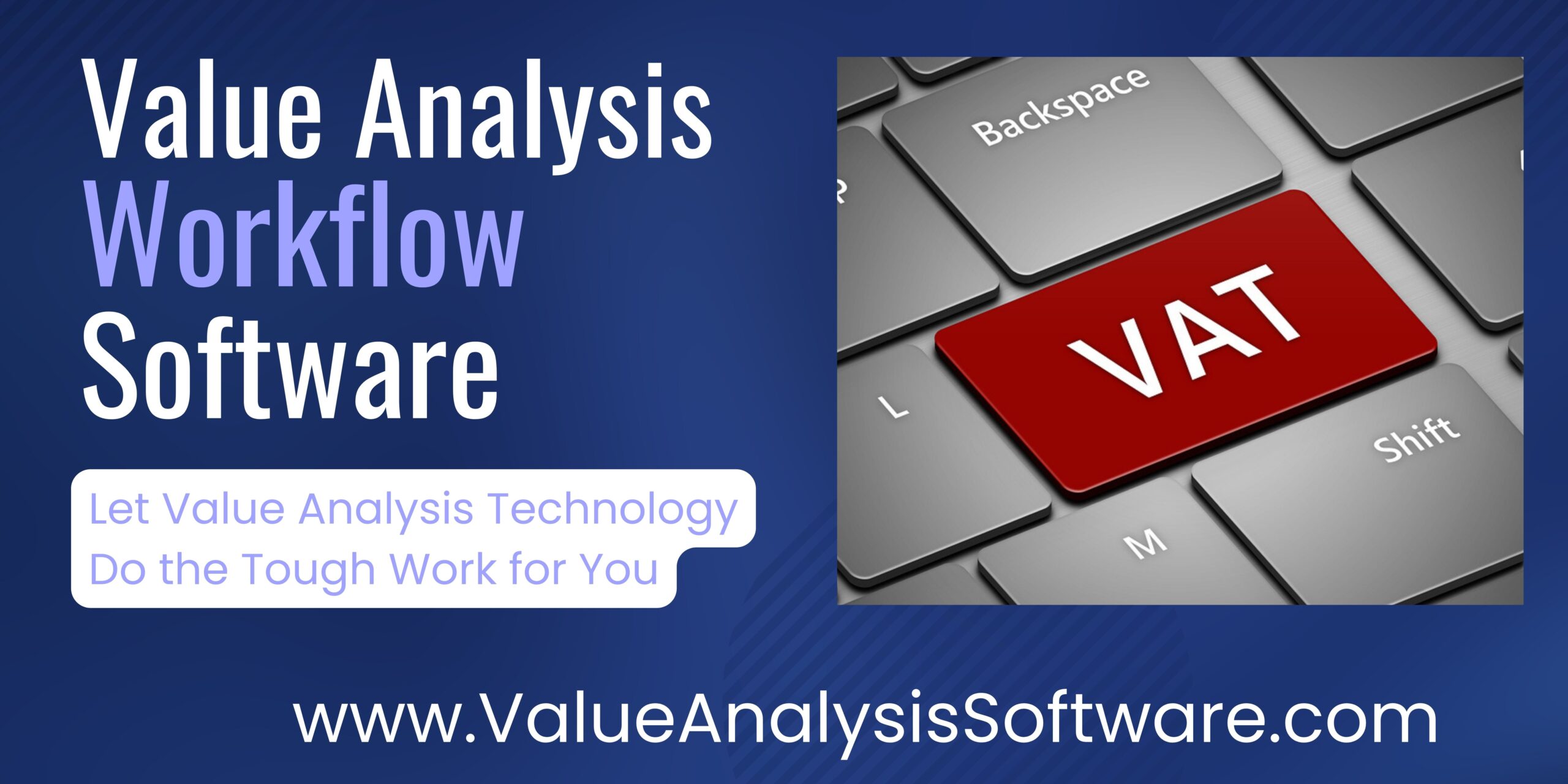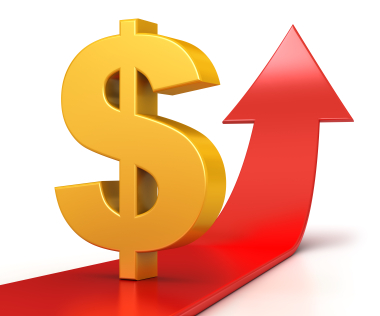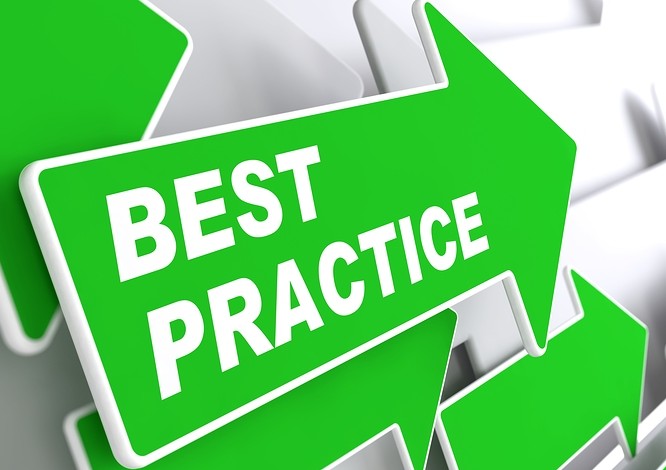Pricing strategies alone are becoming less effective in managing healthcare supply chain costs, and healthcare organizations will need to explore other avenues for savings to fill the gaps. Supply utilization management is a key approach to achieving this, focusing on optimizing resource use rather than just controlling pricing, standardization, and compliance. By addressing inefficiencies in supply spending, such as feature-rich products and services, hospitals can achieve savings of 7-15% of total non-salary budget. Effective clinical supply utilization management can improve both financial performance and patient outcomes, making it essential for healthcare organizations to adopt this strategy as a core aspect of their approach.
Clinical supply utilization management (CSUM) and value analysis (VA) are distinct processes in the healthcare supply chain, though they complement each other when combined. VA focuses on evaluating lower-cost alternatives, managing contracts, and solving problems related to products and services. However, it lacks robust tracking systems for ongoing progress. CSUM, on the other hand, tracks the utilization/consumption of products and services based on patient metrics, providing clear insights and data on cost trends, which helps identify areas for improvement.
When CSUM data reveals rising costs, VA can then step in to find solutions. CSUM provides actionable, volume-based insights that help supply chain and VA teams strategically target cost-saving opportunities, making it more effective than VA alone. Integrating CSUM with VA offers substantial savings (5% to 12% of total non-salary budget) and improves the ability to track progress, making the process more data-driven and actionable.
What is Clinical Supply Utilization Management?
Clinical supply utilization management refers to the process of overseeing and optimizing the use of resources within a hospital, such as orthopedic soft goods, pacemakers, pharmaceuticals, dressings, surgical gloves, etc. The goal is to ensure that these resources are utilized efficiently, reducing waste and unnecessary expenses while ensuring that patient care remains top priority.
Effective supply utilization management involves a systematic approach to monitoring, controlling, and forecasting resource usage, so hospitals can balance demand with availability, prevent shortages, and minimize waste. With a data-driven approach, hospitals can align utilization/consumption with patient care needs without compromising quality or safety.
Why is Supply Utilization Management Important?
Cost Reduction: Supply utilization management is key to controlling supply chain costs, as traditional methods like price negotiation have limits. Misaligned use of products, services, and technologies can cost organizations 26% more than their peers and hurt financial performance. Inefficiencies, such as overuse of items like IV catheters, often overshadow savings from pricing. Managing supply expenses requires attention to price, standardization, value analysis, and Ignoring these aspects can result in significant financial losses.
Improved Patient Care: Efficient resource utilization ensures that necessary treatments, equipment, and staff are available when needed most. Proper management prevents shortages of critical supplies or delays in care, improving patient outcomes.
Optimizing Operational Efficiency: Managing hospital supply utilization/consumption effectively ensures that resources are allocated where they are most needed, thereby improving overall hospital workflow. This can lead to faster turnaround times, smoother patient care, and a reduction in operational bottlenecks.
Strategies for Effective Supply Utilization Management
Benchmarking with Data Analytics: Many healthcare organizations are using value analysis analytics to identify savings in their supply chain, but few are using comparative analytics to benchmark and detect real-time utilization issues compared to peers. This is important because simply tracking supply spend doesn’t provide enough insight to influence clinician behavior, which is crucial for driving change. By sharing comparative analytics with stakeholders, organizations can capture attention, encourage receptiveness to recommendations, and support practice adjustments to improve supply chain performance. For example, a study on examination gloves may reveal discrepancies in usage that lead to productive discussions about underlying causes, such as policy non-compliance or overuse. Without comparative analysis, these conversations and necessary changes won’t happen, limiting the potential for savings. To maximize savings, organizations should go beyond tracking spend and start benchmarking across a wide range of purchasing categories.
Effective benchmarking can unlock significant savings on hospital supply expenses, but many healthcare supply chain/value analysis professionals don’t implement it properly. To achieve real impact, benchmarking needs to be done at the SKU (stock-keeping unit) level, using data from local, regional, or national partners, or through specialists with the necessary data. This approach makes the benchmarking process more effective and impactful.
Employee Education and Engagement: Ensuring that all hospital staff understand the importance of supply utilization/consumption management is key. Training staff on how to reduce waste, optimize resource usage, and follow established protocols for inventory management can lead to significant improvements in consumption practices across departments.
Automatic and Ongoing Monitoring: Regular audits of resource utilization patterns can help identify areas of inefficiency. By closely monitoring utilization/consumption trends, hospitals can proactively make adjustments, leading to better control over hospital resources.
Supply Utilization Management is Crucial for Controlling Supply Chain Costs
To avoid unnecessary costs and preserve savings, hospitals must focus on effective supply utilization management. This involves optimizing resources, improving operational efficiency, and maintaining high-quality patient care. By using technology, data analytics, and streamlined processes, hospitals can reduce waste and ensure essential resources are available. In a climate of rising costs and increasing pressures, supply utilization management remains a crucial strategy for financial stability and patient well-being.
Article by:
Danielle Miller, Healthcare Data Specialist, SVAH Solutions, and Managing Editor of Healthcare Value Analysis and Utilization Management Magazine
Articles you may like:
Working Together to Combat Inflation in the Healthcare Supply Chain





